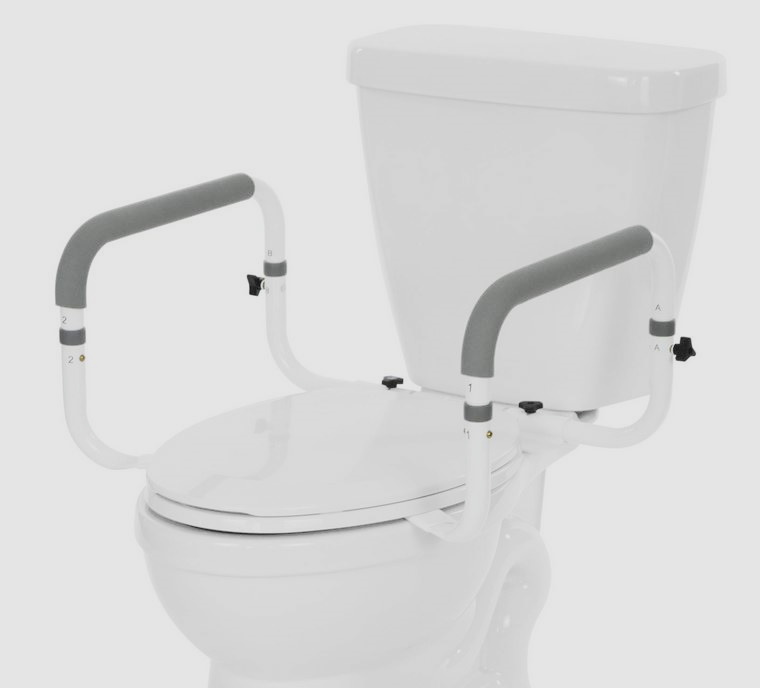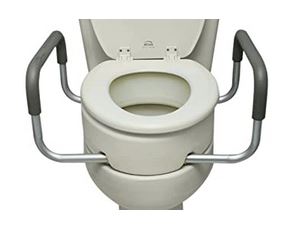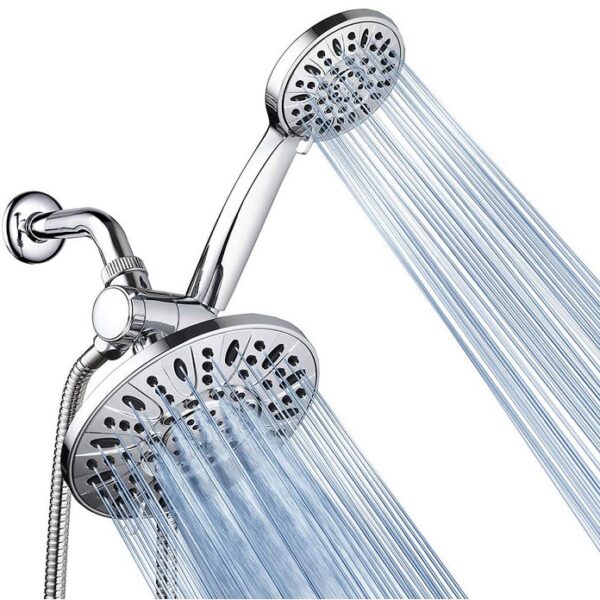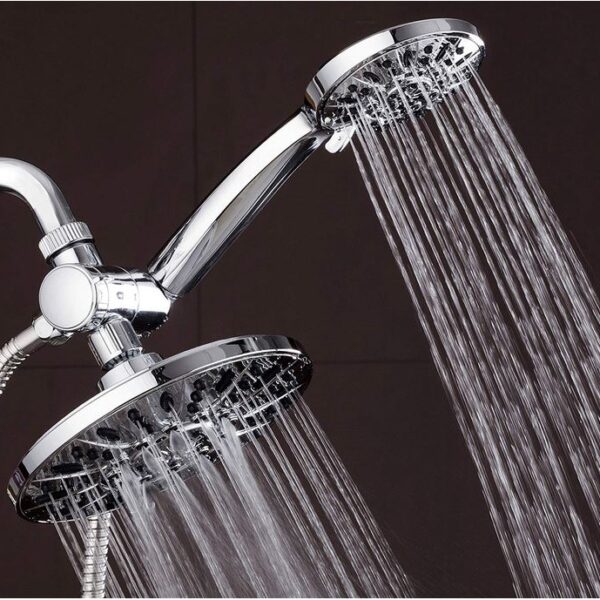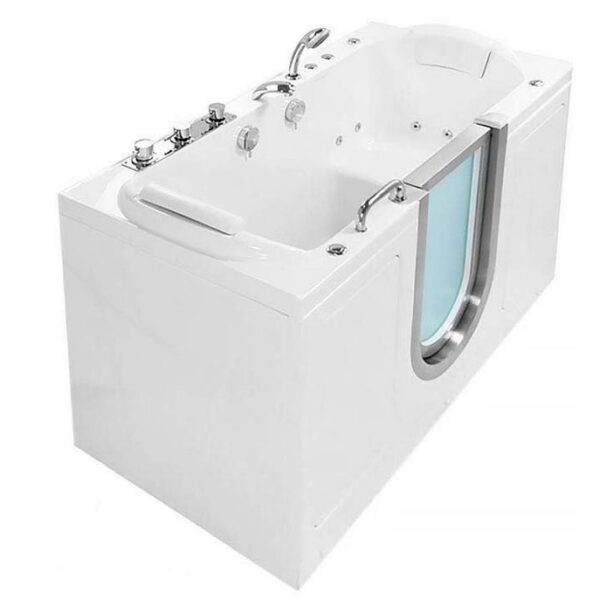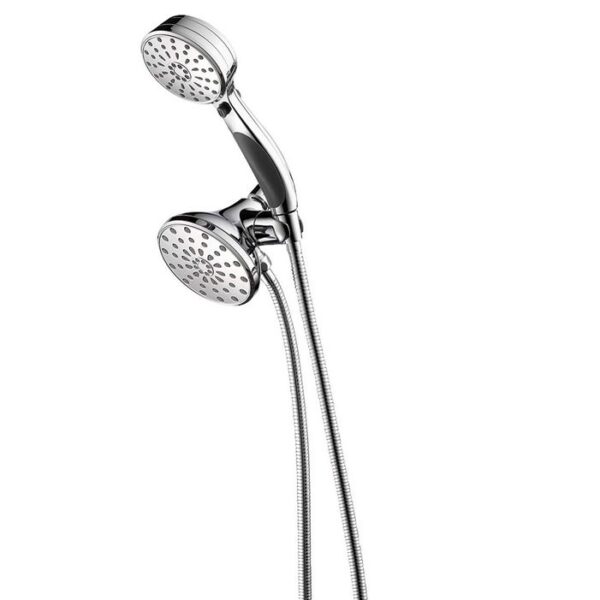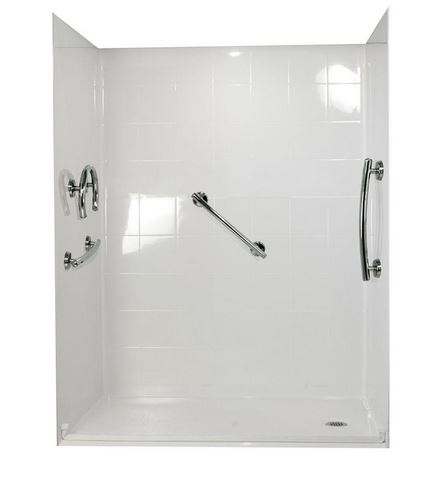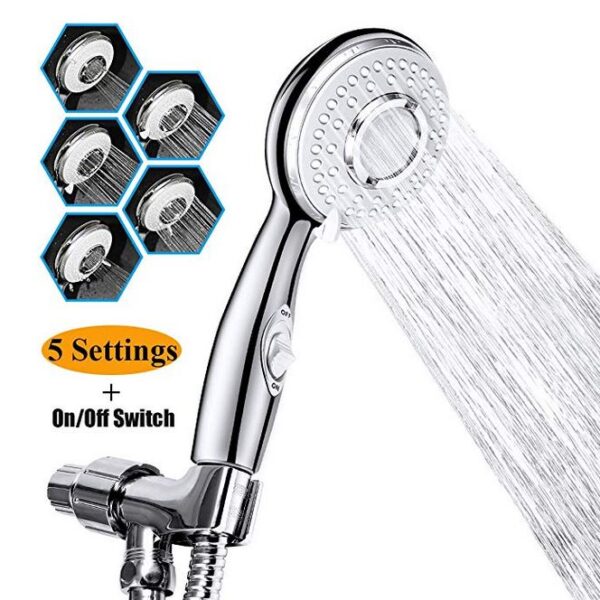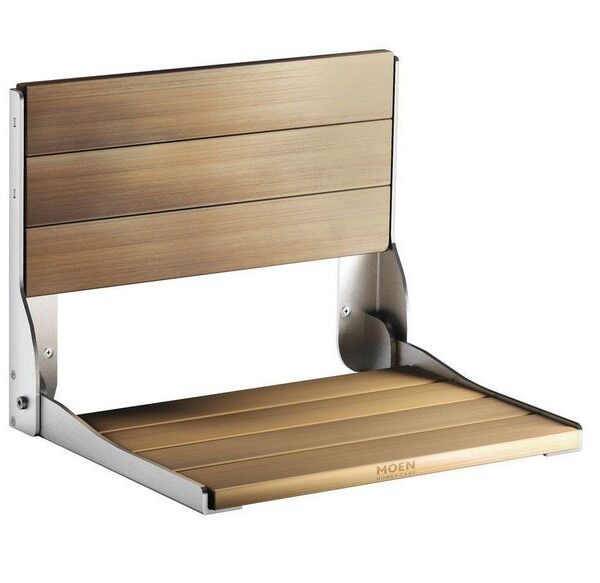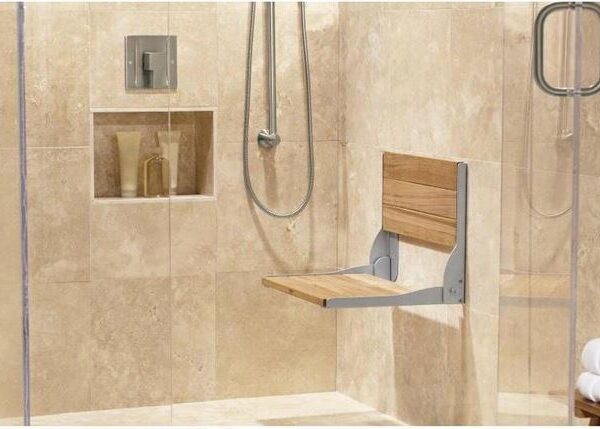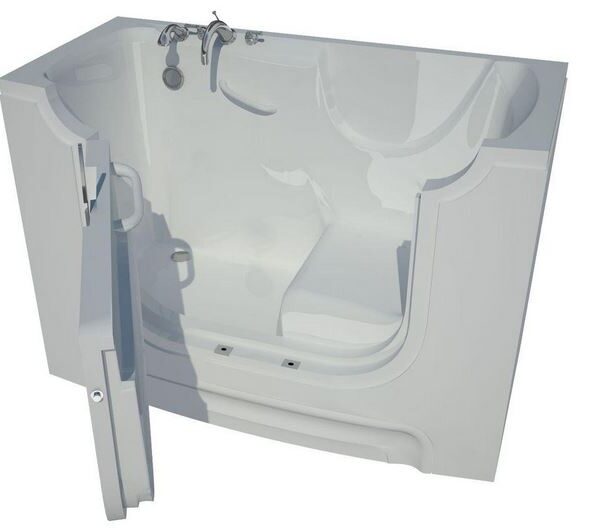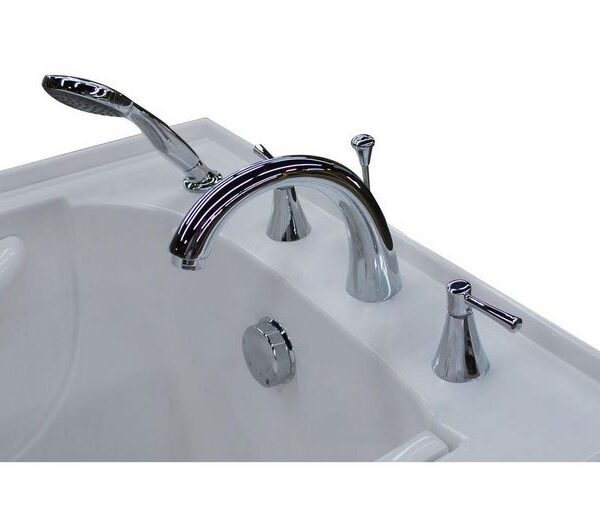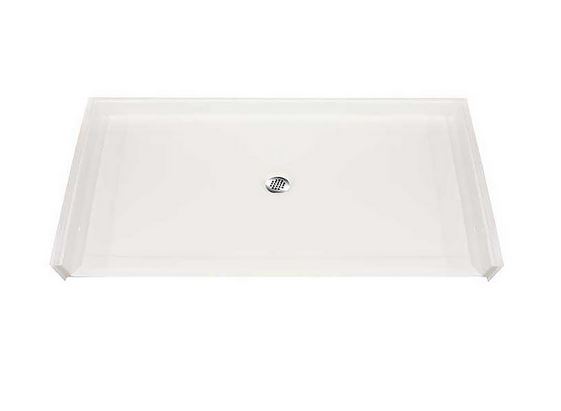Bathtubs for Aging in Place
Most home’s bathtubs will become inaccessible to people as they age in place, and will present a significant safety issue over time. You can take several actions to make your bathtub safer for you as you grow older. Three reasonably priced options are 1) installing grab bars and shower seats, and applying anti-slip coating to the tub floors, 2) modifying the bathtubs to create a safer way to enter and exit the tubs, and 3) replacing your current tubs with any of several available varieties of walk-in bathtubs.
Walk-in Bathtubs
A walk-in bathtubs is a solution for seniors or people with mobility issues that cause difficulty in entering and exiting standard bathtubs. Walk-in tubs have a door and safety features that help the person to complete the bathing process independently.
Entering a walk-in tub is a quite different experience than entering a standard tub. There is a wide door that opens into the tub most often, but you can also purchase ones that open out. When the bather is in the walk-in tub, the door is closed and sealed in such a way that water does not pour out.
The threshold crossed to get into the walk-in tub is much lower than that of traditional tub. While a traditional tub is generally about fifteen (15) inches high, the walk-in tub threshold is usually three (3) to seven (7) inches, allowing for an easier step when entering.
Inside most walk-in tubs is an anti-slip floor and grab bars to help prevent accidents for those with diminished balance and stability. Walk-in bathtubs come with built-in seats allowing the bather to sit down and get comfortable.
Because there is a door that opens and closes, the bather must enter the tub while it is empty, turn the water on, and wait for the tub to fill in order to bathe. After bathing, the water must be drained from the tub before the door can be opened. This adds in-tub time to the bathing process which some may not like.
When the door is closed, the walk-in tub is taller than standard tubs. The bather is sitting on the built-in seat, and the water fills to a higher level than in a standard tub. Walk-in tubs use somewhat more water for a bath than standard tubs, and the filing and draining time are correspondingly somewhat longer.
There are two primary types of walk-in tubs to consider.
Soaker walk-in tubs generally comes with the basic features of walk-in tubs, including a door that opens inward, grab bars, and holes for faucet sets.
Whirlpool walk-in tubs provide an added layer of massage therapy that can help people with mobility issues or seniors with arthritis. Whirlpool walk-in bathtubs that have water jets, air jets, or both.
Showers for Aging in Place
For showers, the most accessible option is a roll-in shower that has a curbless (barrier-free) entrance and a door opening of at least 36 inches. This combination allows access for a wheelchair when needed and provides plenty of room within the shower to maneuver.
Roll-in barrier-free showers
Roll-in showers are a great alternative to traditional baths or showers for the elderly or those with physical limitations. These showers are designed to allow the bather to roll into and out of the shower using a show shower wheelchair, or to walk into and out of the shower without having to step over a threshold.
Roll in showers have a surround on three sides and a flat, non-lipped fourth side that is level with the floor—perfect for rolling in a wheelchair quickly and easily. The shower should be large enough for a wheelchair to maneuver within the stall. Most roll-in showers have beveled thresholds about 0.5″ high to allow the wheelchair to roll over.
Safety features such as grab bars and a shower chair or bench can be added to help prevent falls and provide relief for those with weak legs, injuries, and balance issues.
Having a roll in shower in your home is a great way to allow elderly or disabled homeowners to more easily keep their bathing independence.
Other Bath and Shower Features for Aging in Place
An adjustable showerhead that moves to the most comfortable height and position of the user adds accessibility to a bathroom; a hand-held showerhead further enhances functionality. Combined with a shower seat, you will realize greater safety and ease.
Shower seats can relieve the strain that some people experience when standing for extended periods, allowing for a safer shower with a reduced chance of falling. Many choices exist, including shower stools, shower chairs, retractable (fold-up) seats, and built-in seats.
A transfer bench, which allows a person to sit down outside of a tub or shower, slide across into the tub or shower, and remain seated on it during bathing, is another useful comfort and safety device.
Maximize Bathtub and Shower Safety and Usability
To maximize bathing safety and usability, consider these options:
- Locate tub and shower water controls near the entry point so they can be reached from outside the tub or shower area
- Install lever handle faucets
- Put shelves in the tub or shower area for shampoo, soap and washcloths
- Install rods or hooks for towels either near or right outside the tub or shower
- Acquire or install a shower or tub seat or bench
- Control the tub, shower and sink water pressure with anti-scald controls
- Install a light in the shower stall
It is essential for the bathroom to be free of slippery walking services, especially directly inside and outside the shower and bathtub area. Anti-skid tile is good for these surfaces. An anti-skid coating could also be applied to the bottom of the shower stall or tub.
Sampling of Bathtub and Shower Safety Products
Below is a sampling of bathtub and shower products and equipment that are designed to help you age in place for a longer period of time. Click on the links to find out more information, see other products selections, and if you like, to make a purchase from one of our providers.


 Personal Development Goals
Personal Development Goals
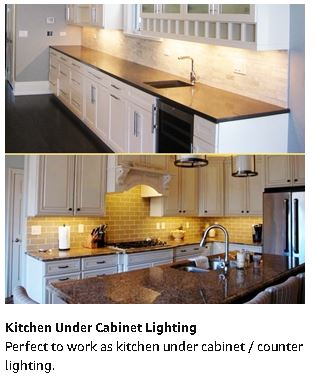
 Bedrooms Designed for Aging in Place
Bedrooms Designed for Aging in Place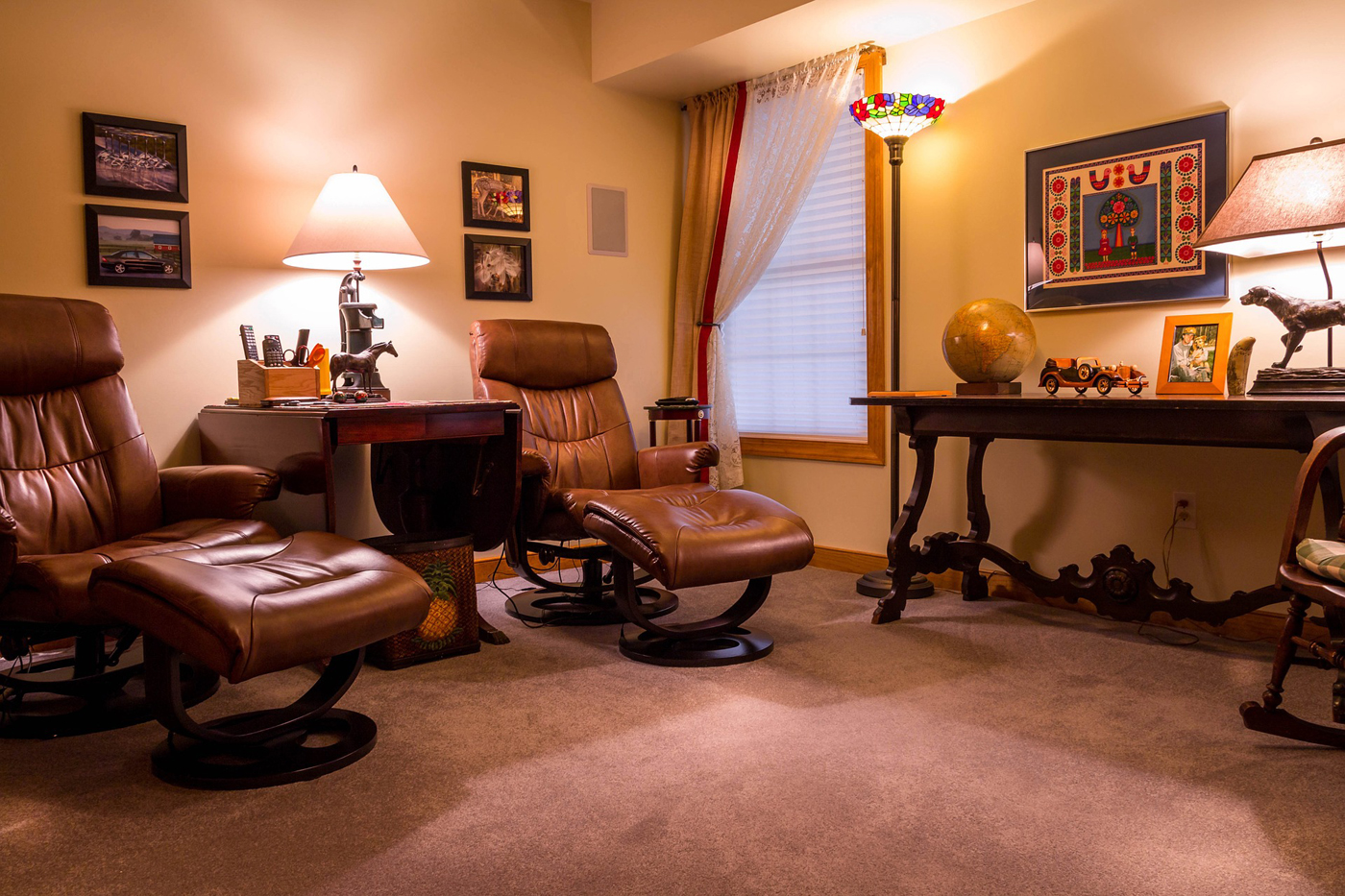 Furniture
Furniture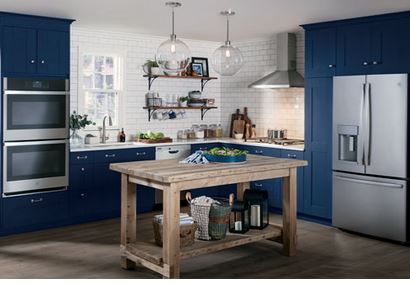 Kitchens Designed for Aging in Place
Kitchens Designed for Aging in Place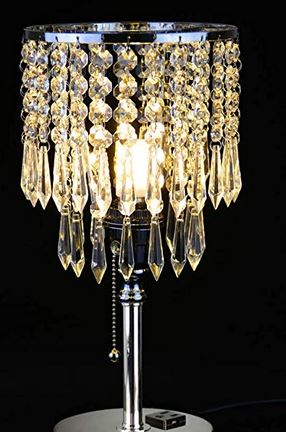 Lighting and Light Switches
Lighting and Light Switches
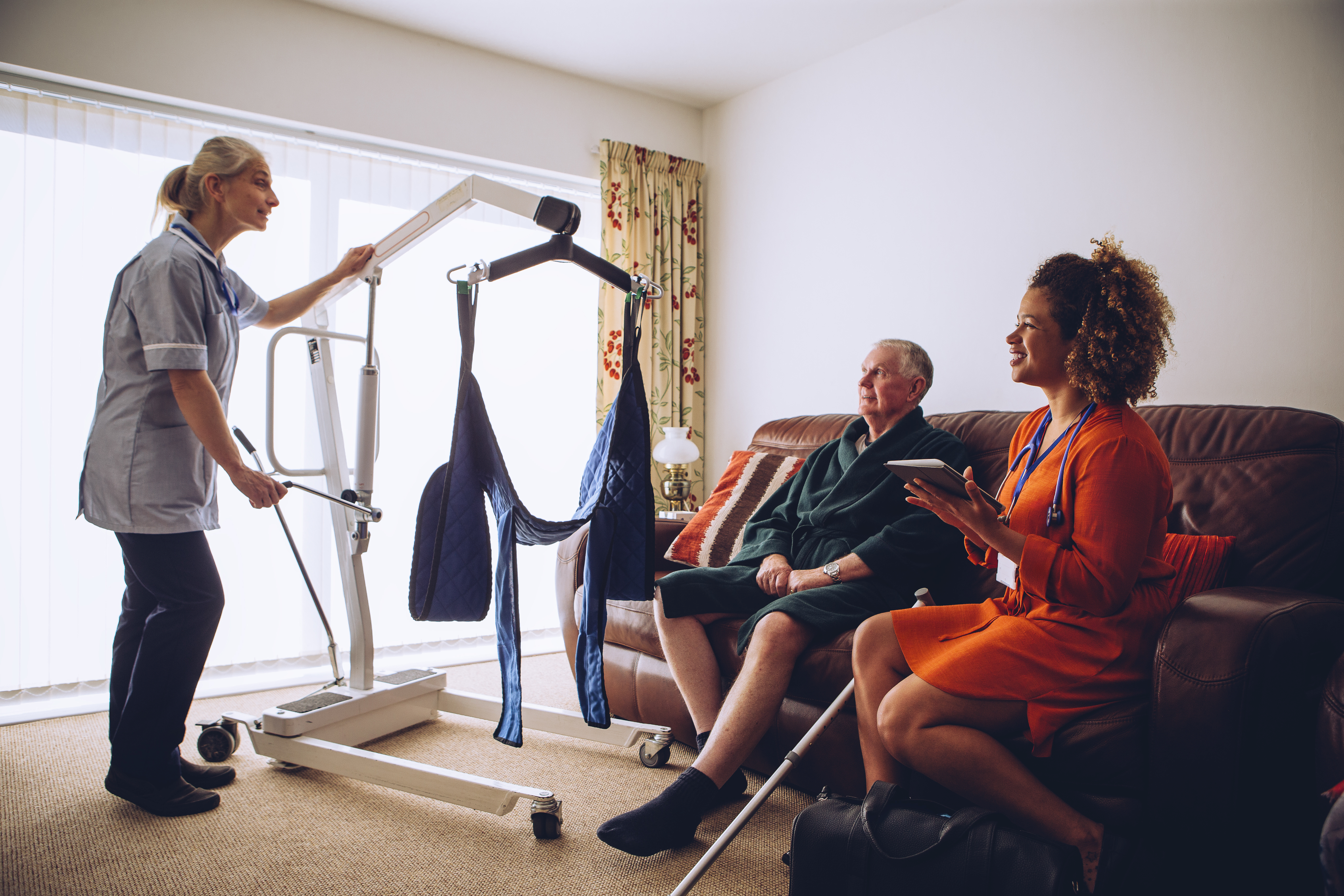 Assisting With Functional Mobility
Assisting With Functional Mobility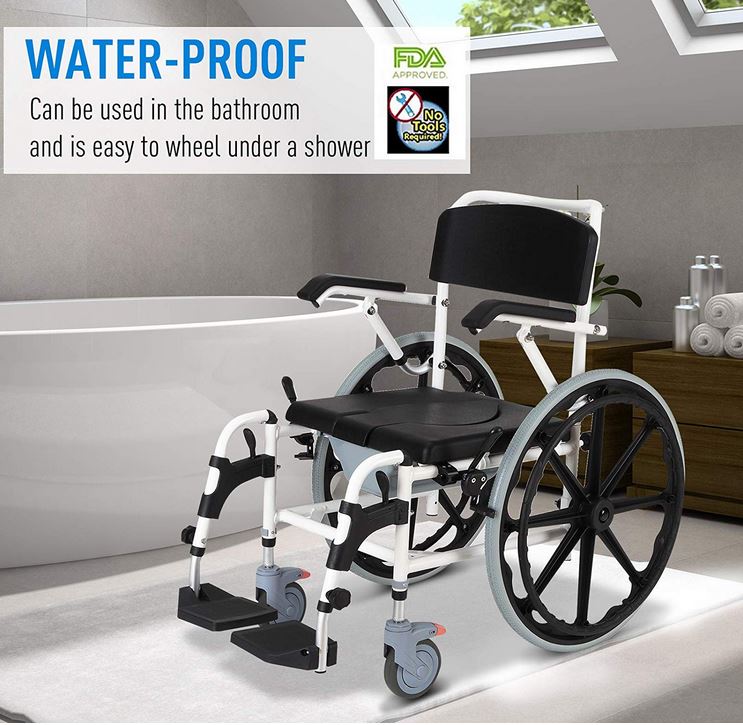 Bath and Shower Mobility Aids
Bath and Shower Mobility Aids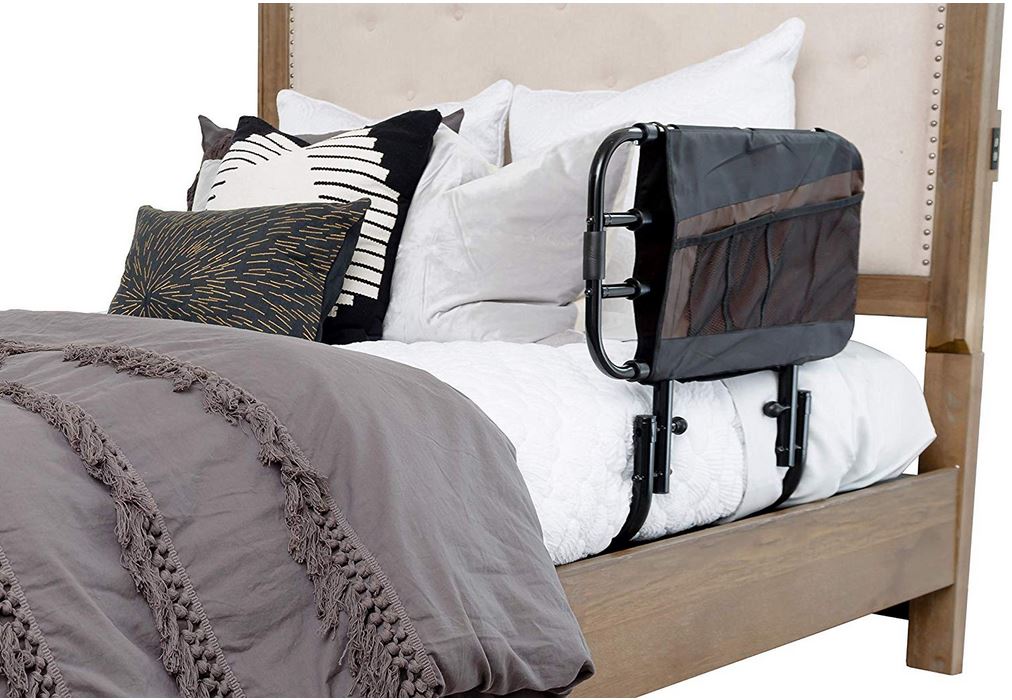 Bedroom Mobility Aids
Bedroom Mobility Aids Assisting with Personal Grooming and Hygiene
Assisting with Personal Grooming and Hygiene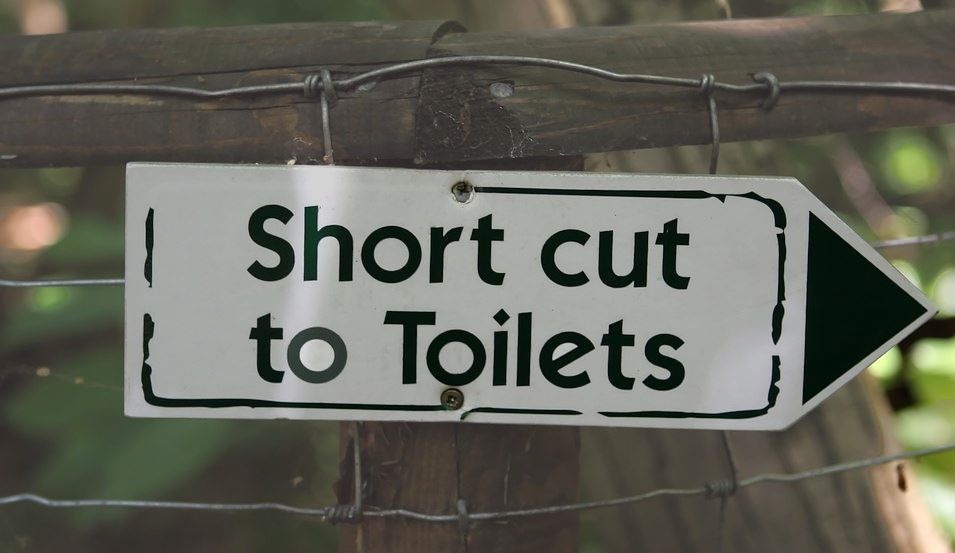 Caring for Someone With Incontinence
Caring for Someone With Incontinence Helping People To Cope with Alzheimer’s and Dementia
Helping People To Cope with Alzheimer’s and Dementia Helping With Bill Paying
Helping With Bill Paying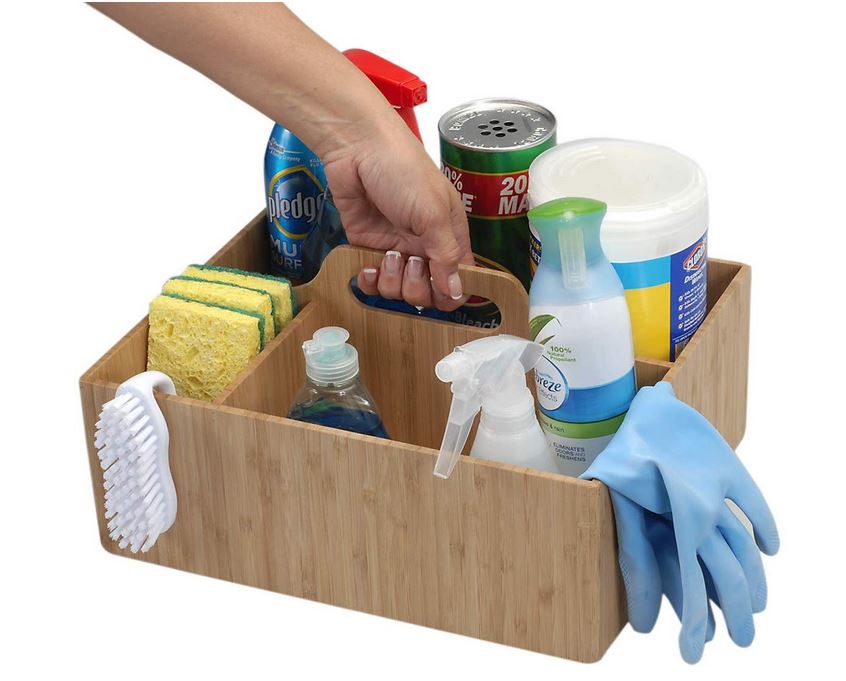 Home Cleaning Services
Home Cleaning Services Offering Companionship
Offering Companionship Providing Medication Reminders
Providing Medication Reminders Providing Transportation
Providing Transportation Running Errands
Running Errands
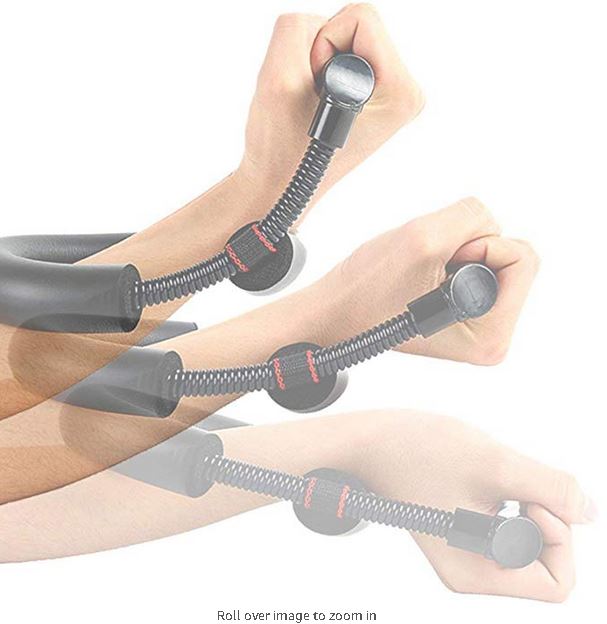
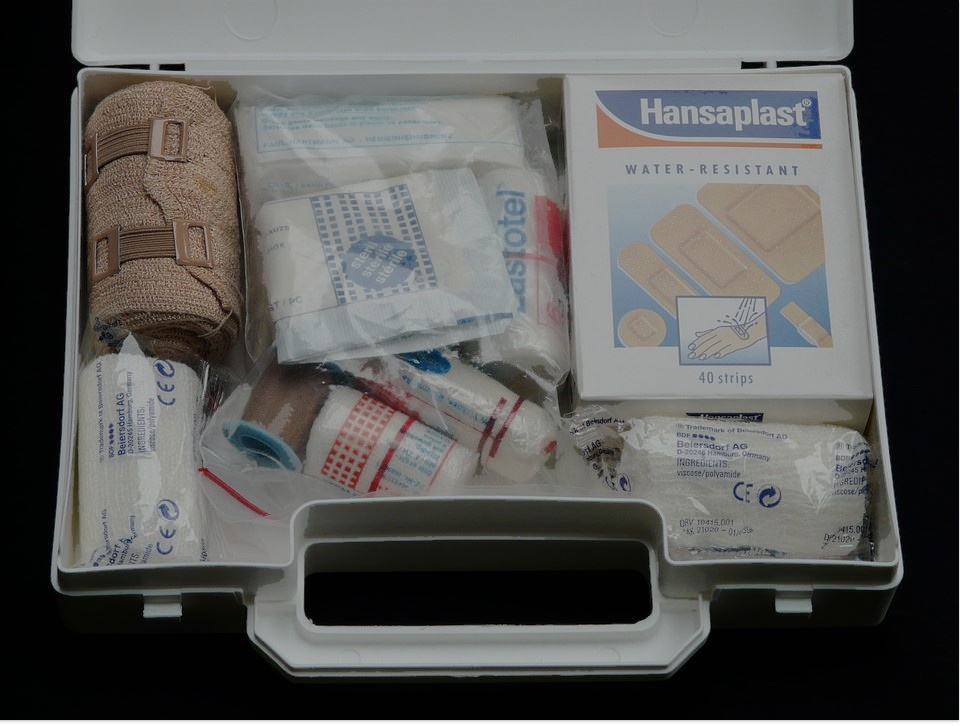 Burn Care
Burn Care Mental Health Rehabilitaion
Mental Health Rehabilitaion
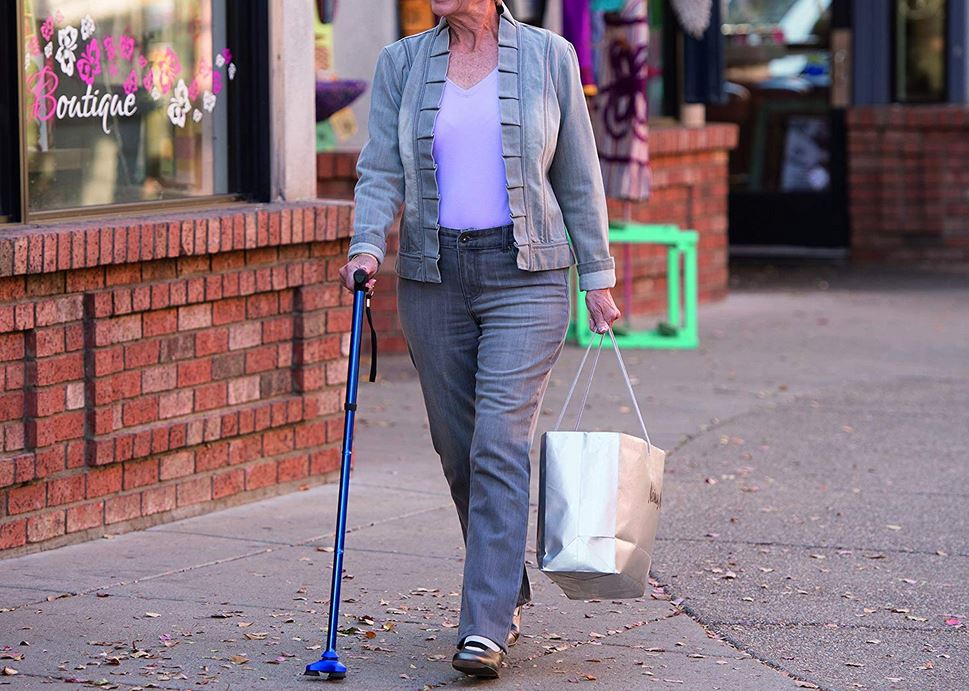 Canes
Canes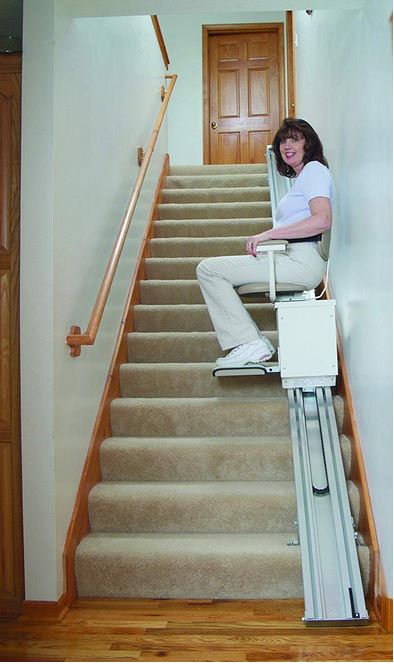 Chair Lifts / Stair Lifts
Chair Lifts / Stair Lifts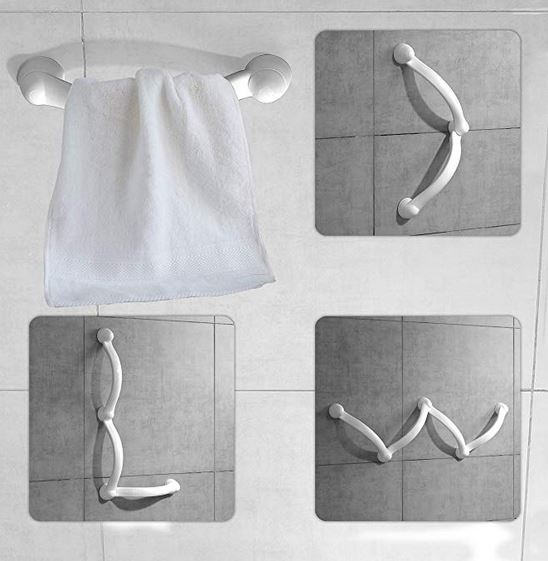 Grab Bars
Grab Bars Knee Scooters / Knee Walkers
Knee Scooters / Knee Walkers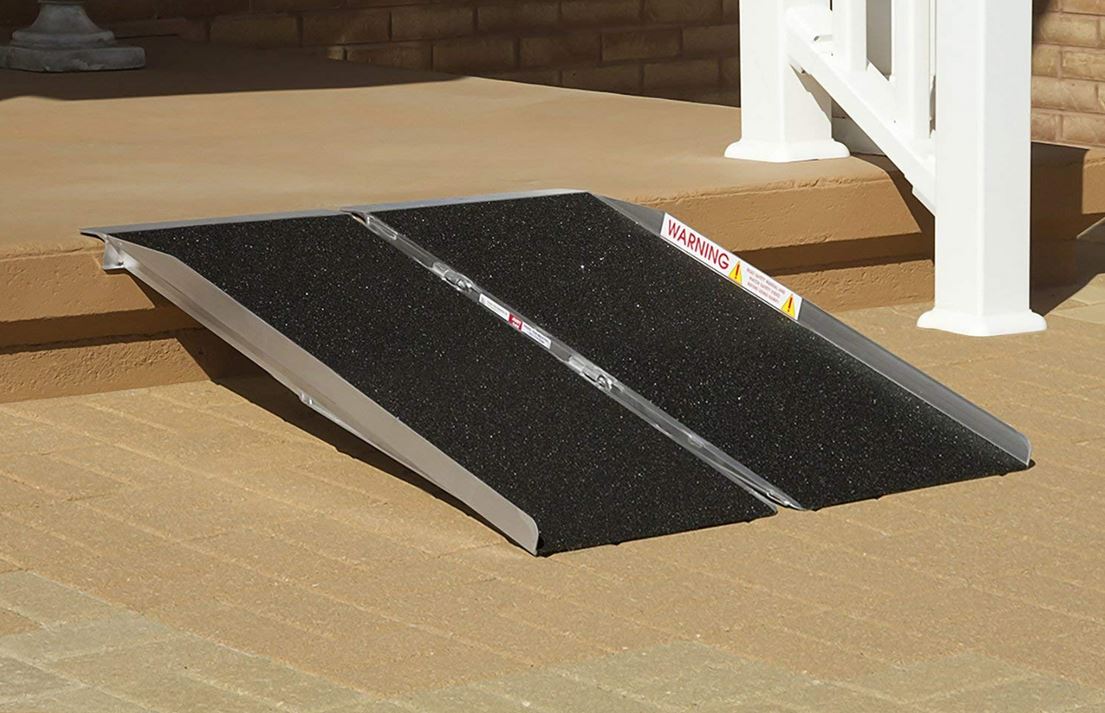 Ramps
Ramps Scooters
Scooters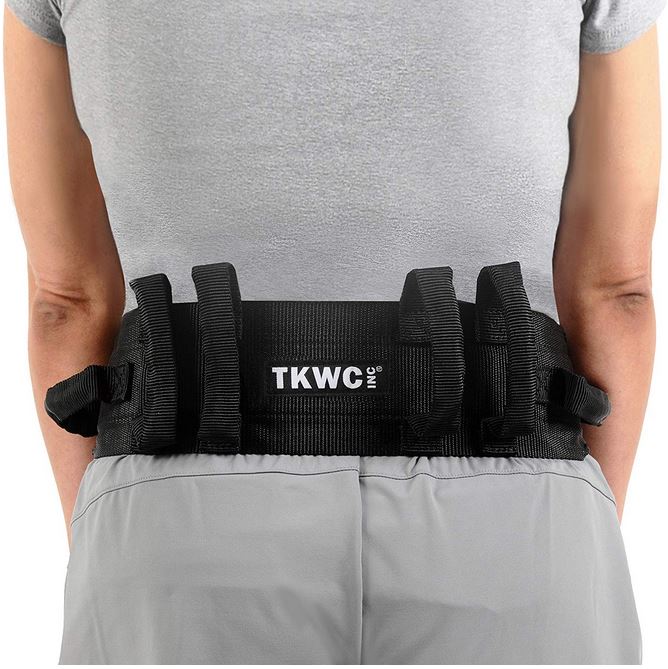 Transfer belts / pads / equipment
Transfer belts / pads / equipment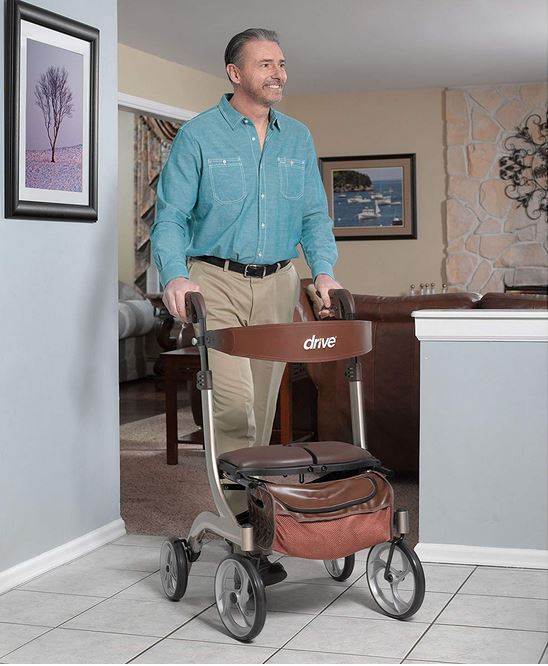 Walkers and Rollaters
Walkers and Rollaters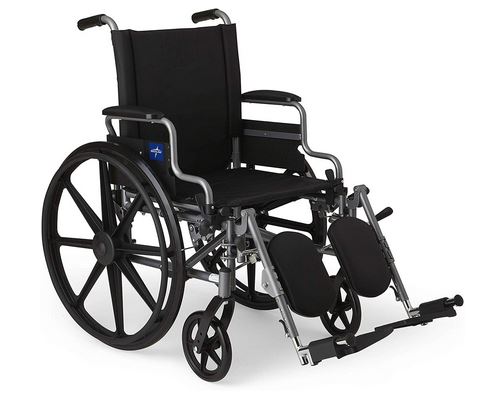 Wheelchairs and Mobile Chairs
Wheelchairs and Mobile Chairs
 Accounting and Tax
Accounting and Tax Books-Seminars-Courses
Books-Seminars-Courses
 ASSISTED LIVING
ASSISTED LIVING Assisted Living Facilities
Assisted Living Facilities Cohousing Communities
Cohousing Communities Manufactured Housing Communities
Manufactured Housing Communities Naturally Occurring Retirement Communities (NORCs)
Naturally Occurring Retirement Communities (NORCs) Personal Residence LIving Independetly
Personal Residence LIving Independetly Accessory Dwelling Units
Accessory Dwelling Units Continuing Care Retirement Communities
Continuing Care Retirement Communities Multigenerational Households
Multigenerational Households